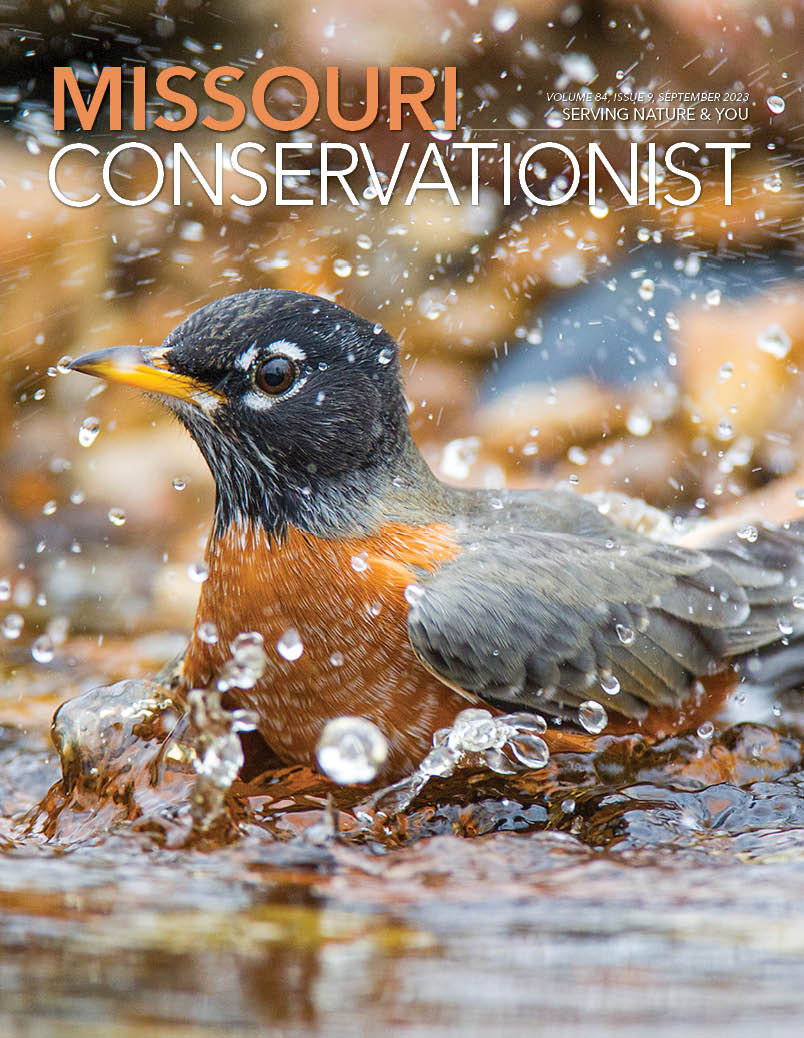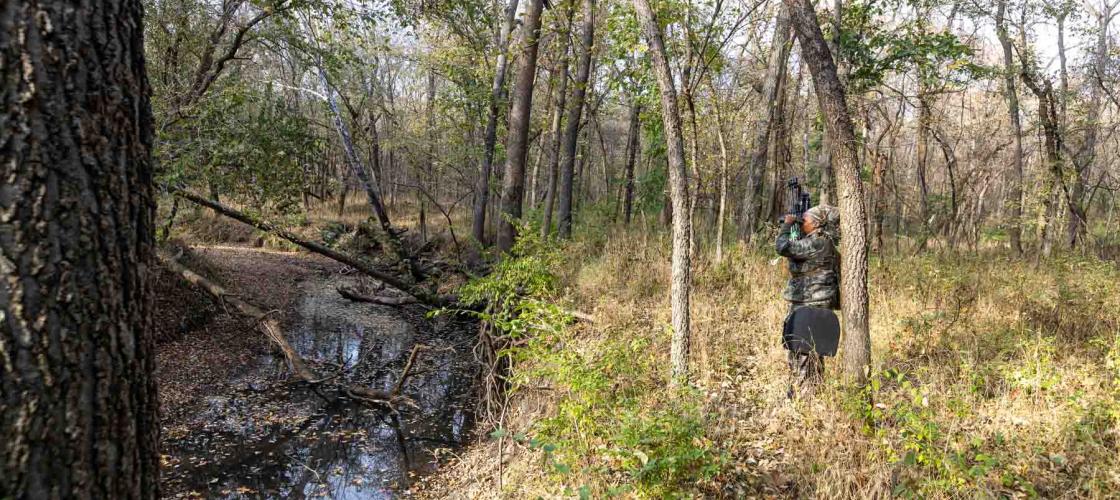
My heart pounded as I sloshed across the muddy levy, rain flashing past my headlamp. My destination was a hill, covered in mature oaks, surrounded by swamps — a place I’d come very close to harvesting my second-ever deer just days before.
Every 40 of 50 feet, I’d spook a killdeer. The little eruption of their wings and their tittering call as they tumbled away into the marsh would startle me. I could feel the blood pulse in the pits of my elbows. I gripped my borrowed crossbow tighter, reminding myself there was nothing in those mucky pools and oxbows that could really hurt me.
A cold, north wind pushed against me, and the sky was just turning slate gray when I reached the foot of the hill. I started to climb, weaving between mats of grass and bare blackberry thickets, listening breathlessly for movement, praying I hadn’t spooked anything coming in.
Light dawned and a slow drizzle meant that I could slip through the underbrush almost noiselessly. I sat at the base of a tree and watched the morning woods, trying my best to disappear in the old, loose-fitting camo jacket I’d bought from a pawn shop. I decided to move.
I crept to the far side of the hill and began to walk step-by-step up its undulating side. My attention was on a little bowl where two of the ridges met. I’d spent nearly half-an-hour inching closer to a group of does nosing acorns on my last hunt, unable to close the deal in the end. Then, from out of my peripheral vision, I saw him.
A buck was cruising out in front of me at about 40 yards. I crouched and froze, putting him in the crosshairs. As a brand-new deer hunter, I’d never seen a buck at closer than 100 yards, let alone had a shot on one.
He was facing me now, feeding lightly here and there, seemingly uncommitted on his direction. Then, he lifted his head up and looked around. My heart dropped. He took two bounds back the way he came. While he was still midair on the second bound, I grunted at him. He landed and stood stock still, whipping his head to stare directly at me. I knew I only had a few seconds, so I aimed behind his shoulder and let one fly.
Before the twang of the bowstring had left my consciousness, he leapt into the air and was barreling down the ridge directly at me. Mesmerized, I could only stare as he hurtled through the brush. At about 10 yards he veered to the right and crashed into the drainage below. I was trembling with shock and tried to peer over the edge at where he’d fallen. Just in case I hadn’t fatally wounded him, I loaded another bolt, shaking so badly that my teeth chattered.
I waited half-an-hour, sent Ernie — my friend and hunting mentor — a text, and then slowly worked up the ridge so I could look down into the drainage. There at the bottom, motionless, was the buck. I descended carefully, jumping the last 5 or so feet into the ditch. I held the antlers in my hands and took off my gloves, running my finger along the moss-covered beams. It was surreal, beyond anything else I’d experienced in the woods.
Early Adopter
John Burke, a Missouri biologist with the National Wild Turkey Federation, was an early adopter of the crossbow when it first became legal in Missouri.
“By the time I turned 50, my eyes got so bad that I struggled mightily to shoot at any distance,” Burke said. “It restored my confidence in my ability to make a humane harvest every time I released the bolt.”
He said it also empowered his father to continue hunting when a compound bow became too physically difficult. Burke also shared how it changed the way he hunted.
“Most of my hunting now, because I am sitting there with head-to-toe camo, including face net and gloves, is like a turkey hunt. I can go into the field virtually anywhere and just sit against a tree near a decent trail, heavy dropping oak, or other pattern. As long as I play the wind and pay attention, I get busted very rarely and have been very successful. It adds another level of excitement when your target in some cases is literally feet away and you are right down there with them.”
Broader Set of Skills
It was this style of hunting that drew me to crossbows as well. While it’s common to associate whitetail hunting with tree stands and long days spent in one location, crossbows open the opportunity for the use of a broader set of skills. If one location is not productive, a crossbow gives you the ability to still hunt while moving from spot to spot, without fussing with multiple stands or getting in a tree with a portable stand.
I also prefer to spend the time vertical archers use on practicing reps to being in the woods, foraging mushrooms and wild plants in the spring, summer, and early fall, trapping in the winter, hunting turkeys, and fishing. In fact, a large portion of my knowledge and skills that I transferred to deer hunting were learned from observing them throughout the year when I wasn’t hunting. Those soft skills are arguably more important than whether you can stick an arrow in a foam target.
Hunters are left to rely on their woodsmanship skills, understanding wind direction, knowing how to move quietly through the woods, and most importantly, how to recognize sign. While you certainly use those skills hunting from a stand, ground hunting and using cover to get close to deer on your feet is a different challenge and just plain fun. The differences between still hunting and stand hunting are differences in style, not in value.
Vertical bow and crossbow hunters share a common love for the woods and the pursuit of our quarry.
“In the last four years, I have harvested two mature bucks from the ground at less than 10 yards, and one came rattling and grunting. That will get your blood pumping,” Burke said.
Easy Entry
Crossbows also significantly reduce the barrier of entry for new deer hunters. I harvested my first buck using a crossbow I borrowed from Ernie. Up until that point, deer hunting felt out of reach for me. I didn’t have a rifle or live close enough to areas where I could rifle hunt. As a grad student who was working, had a family, and spent a lot of time already fishing and trapping, I didn’t have the time to devote to using a vertical bow. The crossbow was the perfect avenue for me to find out why millions of people choose to spend their fall in the deer woods.
In previous decades, many people were introduced to deer hunting through rifle season. While rifle hunting still accounts for a significant majority of deer harvest in Missouri, at 188,928 in 2022, crossbows offer an entrance into deer hunting that lacks some of the drawbacks of rifle hunting. Since you don’t need hearing protection when archery hunting, new hunters can get in the woods and learn how to use all their senses to find deer. The trigger flinching associated with rifles, a common issue amongst all hunters, whether they realize it, is also significantly reduced.
Affording hunting gear can also make it difficult to get new hunters afield. Entry level crossbows can be purchased for a little over $200 and arrows and broadheads won’t set you back much more than $40–$50. I started hunting wearing secondhand camo, purchased from a pawn shop, or whatever I could find at a discount retail shop. I couldn’t afford spending hundreds of dollars on a bow and a stand. Crossbows alleviate much of the financial burden of getting into deer hunting, which after all, doesn’t need to be a pursuit with a huge price tag. Part of the beauty of hunting deer in Missouri has been its accessibility. Being able to hunt big game without much money or access to land is what the North American Wildlife Model is all about.
In addition, crossbows open more access to hunting areas closer to where people live in comparison with rifles. With rapid urbanization, new hunters recruited from urban and suburban areas, and opening hunting opportunities closer to cities, crossbows offer the benefits of rifle hunting while allowing hunters to target deer in smaller plots of land.
Crossbow Success
The National Deer Association (NDA) looked at a variety of studies done on crossbow harvest success across the U.S. They found that hunters who used crossbows tended to be between five and 13 percent more successful than hunters using vertical bows. Another study in Ohio saw vertical bow hunters have a success rate of 24 percent and crossbow hunters a success rate of 32 percent. Both in the Ohio study and the NDA study, the introduction of crossbows had no negative effects on deer herds.
In fact, the NDA has also suggested that some of the use of crossbows can be attributed to hunters who previously used rifles, but now live in areas where rifle hunting is not safe or readily accessible. As in the case of John Burke, it’s likely that many hunters simply transition from one tool to another in hopes of a more consistent method or simply because they prefer hunting with crossbows.
It’s clear that crossbows offer a valuable entry into the world of hunting. For generalists like me, it allows me to stay on the ground, stay active, and use the skills I’ve learned trapping, foraging, and small game hunting to pursue deer. For new hunters, it means they can fall in love with deer hunting without many of the financial, physical, and geographical barriers that would keep them from rifle hunting and vertical bow hunting. For those hunters who want to take their archery skills to the next level, crossbows are an entry point to dive further into the world of bowhunting. Crossbows should be embraced as a hunting method as valuable as any other out there.
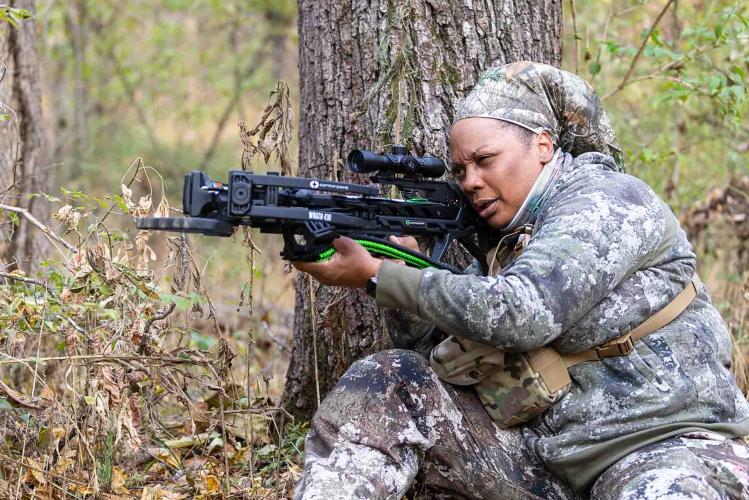
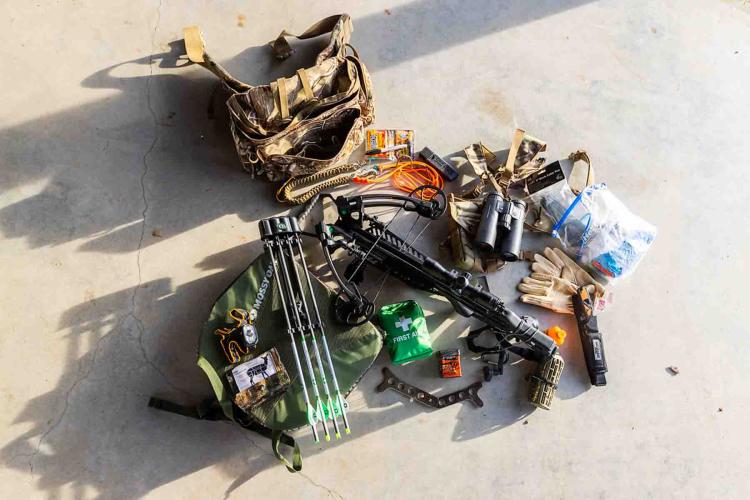
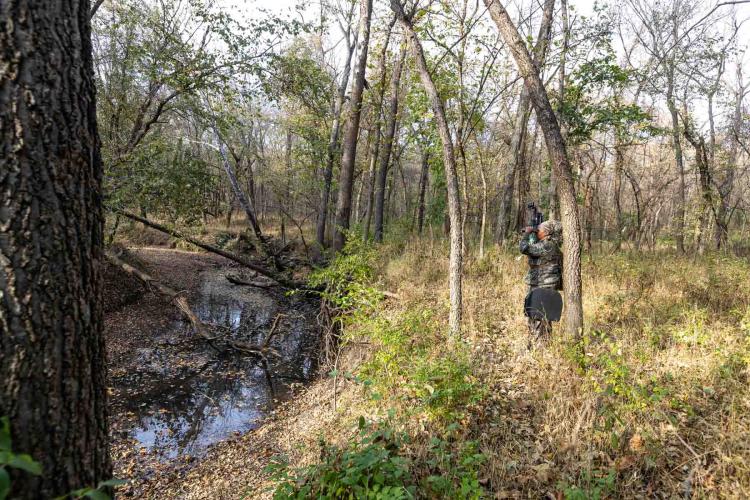
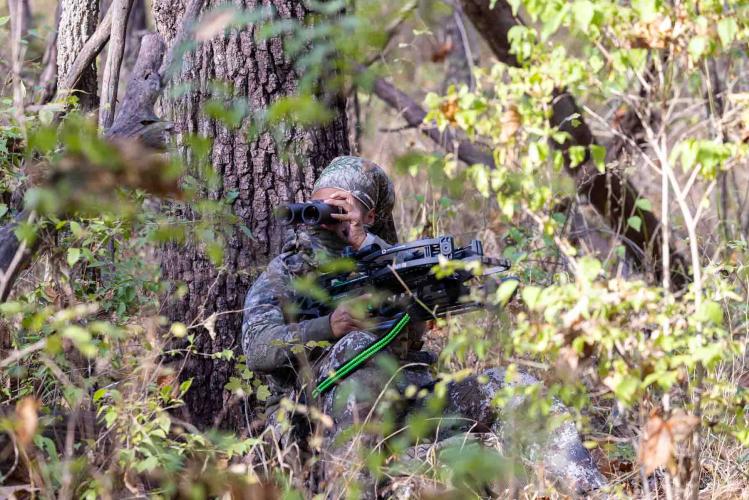
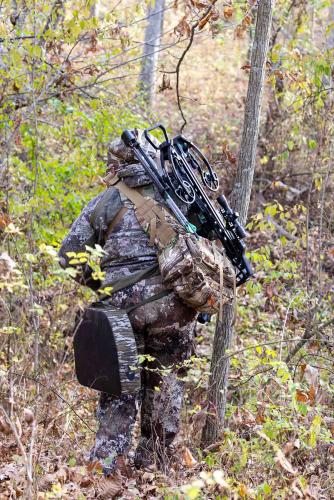
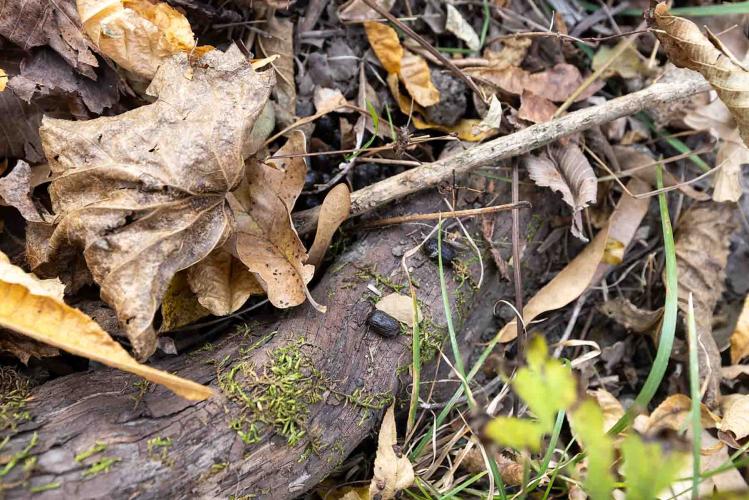
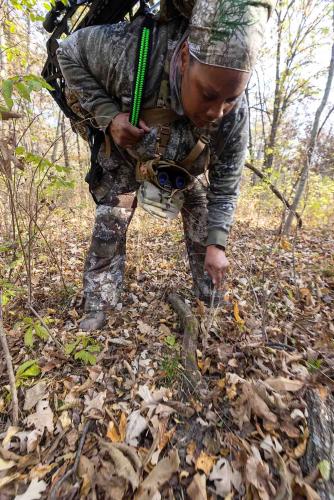
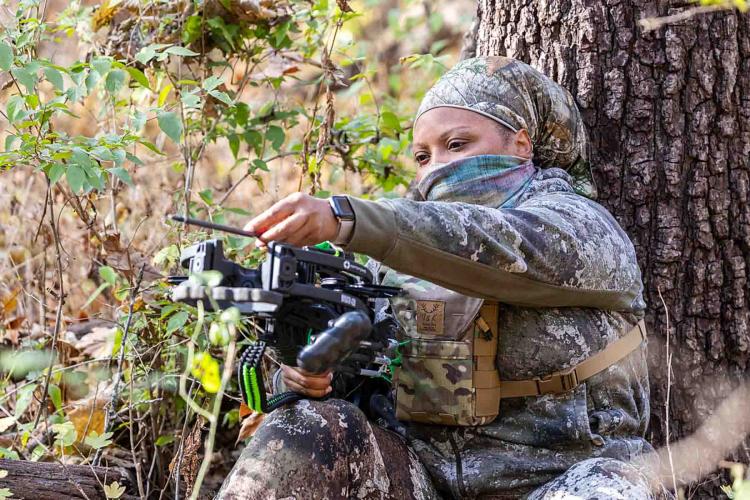
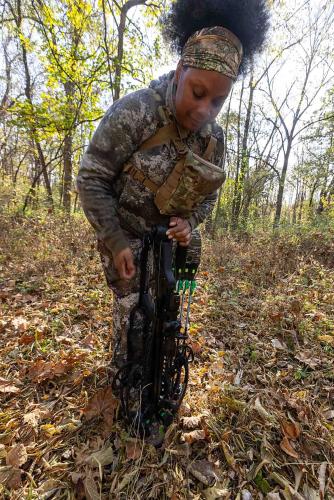
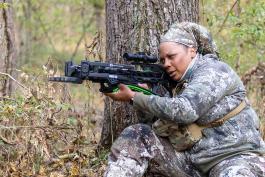
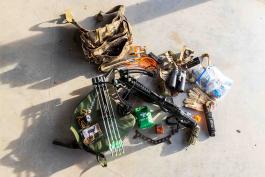
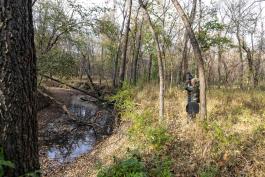
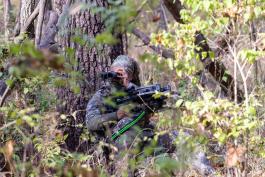
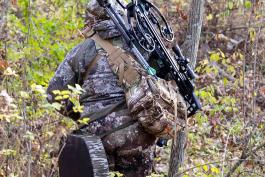

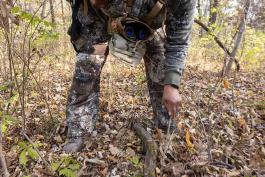
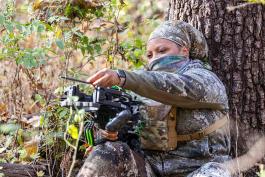
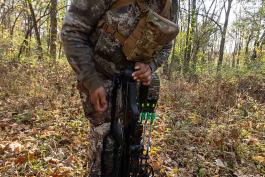
Also In This Issue
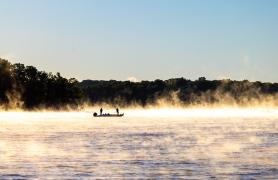
Despite its reputation as a busy boating destination, Lake of the Ozarks is still a haven for bass fishing

Autumn’s shortening days place a premium on getting outdoors
And More...
This Issue's Staff
Editor - Angie Daly Morfeld
Associate Editor - Larry Archer
Photography Editor - Cliff White
Staff Writer - Kristie Hilgedick
Staff Writer - Joe Jerek
Staff Writer – Dianne Van Dien
Designer - Shawn Carey
Designer - Marci Porter
Photographer - Noppadol Paothong
Photographer - David Stonner






















